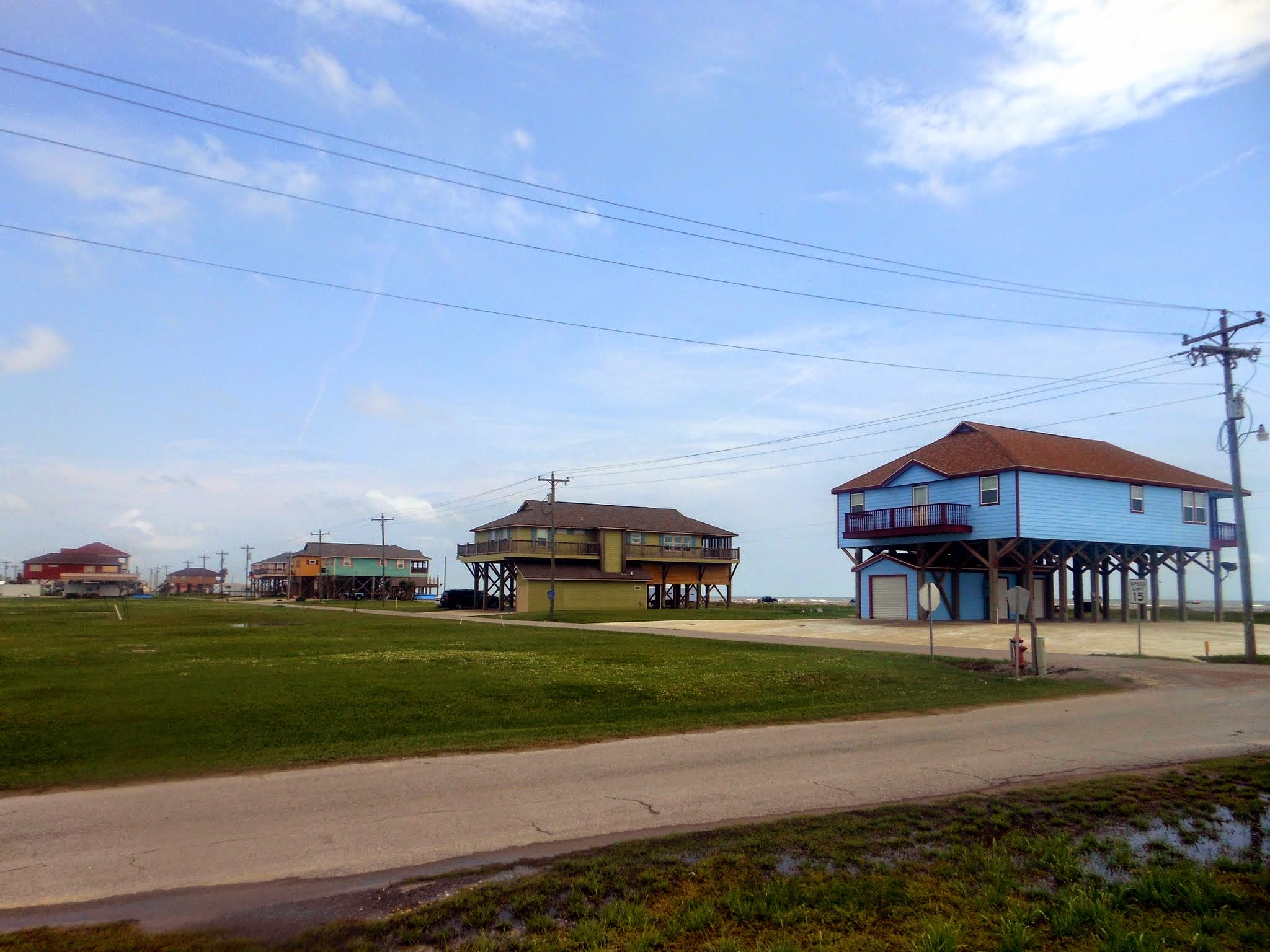In 2014, so many years ago already, Alex and I had a summer full of road trips. I was based out of Lafayette, Indiana, for reasons that I will not go into. Alex drove his 2012 Toyota Corolla out from Moscow, Idaho, and we planned an ambitious month of hittin’ the road from that crossroads of the country; Indiana.
And hit the road we did.
The primary purpose of this post is to wag my finger at ourselves for environmental irresponsibility. However, I won’t fail to congratulate ourselves for having seen such beauty, reaffirmed such old acquaintances.
We kept three primary types of quantitative data: Gallons of Gasoline burned (GG), Money Spent on gasoline ($), and Miles Driven burning that gasoline (MD).
We kept three primary types of quasi-quantitative-quasi-qualitative data: Old Friends Hugged (OFH), Poems Inspired (PI), and Photos Snapped (PS).

| Data Category | Total |
| Gallons of Gasoline (GG, in gallons) | 361.621 |
| Money Spent ($, in USD) | 1331.97 |
| Miles Driven (MD, in miles) | 12,084.1 |
| Old Friends Hugged (OFH, in individuals) | At least 17 |
| Poems Inspired (PI, in stanzas) | TBD, at least a not-insignificant portion of an MFA thesis |
| Photos Snapped (PS, in digital files) | Good Lord, at least Lots |
A Harsh and Well-Deserved Wagging
I’d better just go ahead and get the finger-wagging out of the way so I can post some photos by way of redemption. I’ll try to be gentle.
In the fall of 2014, after our many miles in the car, I learned of a study done by Jeffrey S. Dukes, then of the University of Utah. The study is called “Burning Buried Sunshine: Human Consumption of Ancient Solar Energy.” As I read the title today, I’m tempted to put another tally in the Poems Inspired column.
A friend of mine who had known Dr. Dukes, anecdoted to me that the good Dr. had been wondering how much ancient biomass was needed to produce the gasoline that we use for road transportation. In other words, how much fossil went into the fossil fuels. He figured he’d do a quick internet search, as someone must have crunched those numbers.
As it turned out, no one had. So he did. And I am cringingly grateful to him for doing so.
Unfriendly numbers
According to his calculations, which I don’t understand but trust are correct, today’s (the paper was published in 2003) average gallon of gasoline required approximately 90 metric tons of ancient biomass to produce. For example, that’s about 40 acres of wheat; stocks, roots, and all. For each gallon.
Our 361.621 gallons of fun in the sun equates to 32,545.81 metric tons of ancient biomass. This is 71,751,320.01 pounds. That’s 71.75 million pounds, in an easier to digest format and slightly friendly rounding.
General Sherman, a giant sequoia and the largest known tree in the world (and you better believe that we went and saw it in this summer of 2014), is estimated to weigh about 2.7 million pounds.
We stuffed 26.57 General Shermans in our gas tank.
Or if your brain works in wheat, not sequoias, that summer, one of the happiest of my life, we burned up the equivalent of 14,464.84 acres of wheat.
But hey, that’s only 0.014 million acres. Yellowstone National Park is about 2.2 million acres. And there’s still (small and smaller) forests full of sequoias. So maybe we weren’t so bad after all.
Besides, look at these lovely photos








